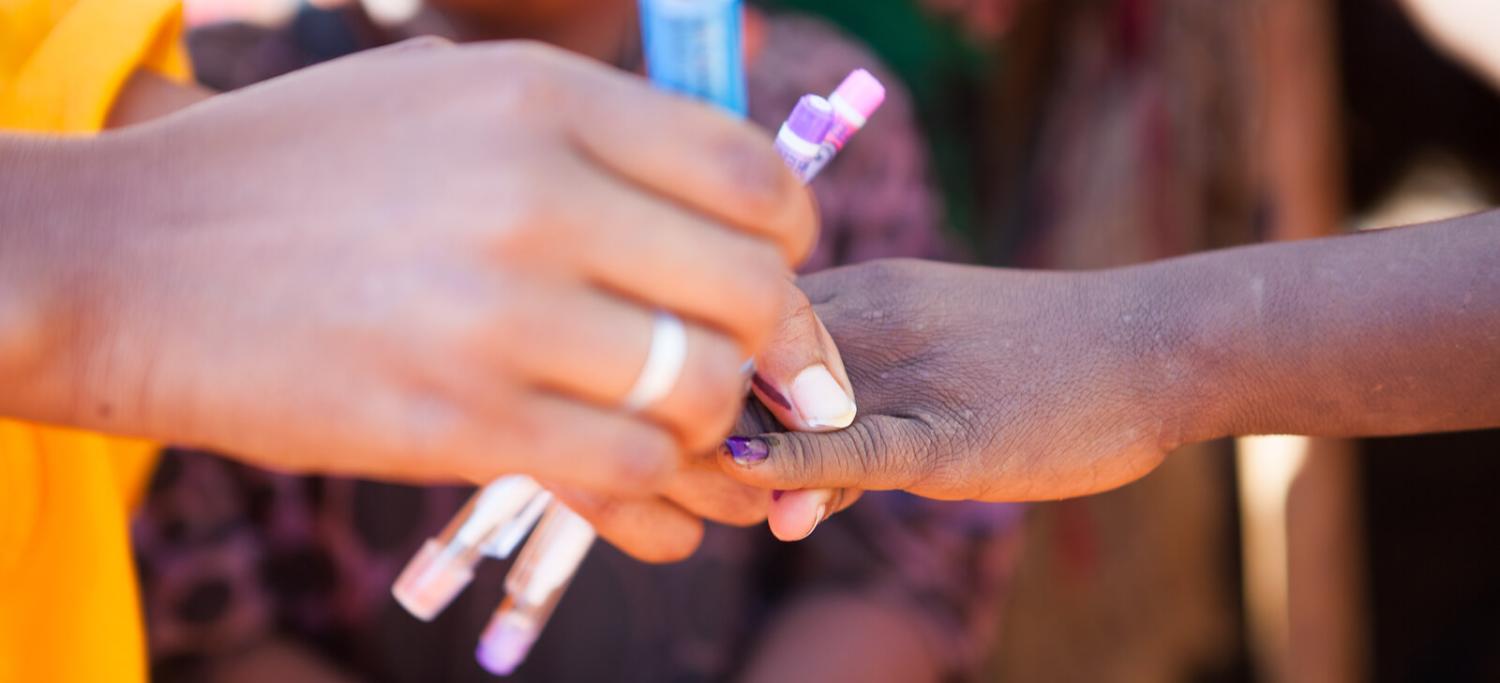In October 2017, Australia’s then foreign minister Julie Bishop officially announced Australia’s new $300 million regional health security initiative. This announcement and the size of the initiative took many by surprise, and has been largely welcomed by most commentators and several of our nearest neighbours.
The initiative focuses explicitly on the Indo-Pacific. This means it effectively ignores other regions like Africa, where yet another Ebola outbreak is currently underway – this time in an area with an ongoing conflict. In an era when diseases emerging anywhere in the world can spread internationally within 48 hours via international air travel, to what extent is an initiative focused on one region really all that wise?
The succinct answer to this for other regions would be “not much”. But in health terms, the Indo-Pacific stands out.
Expanding the regional health security initiative beyond the current $300 million investment over five years should be a no-brainer. It is in our region’s immediate interest, as well as our own.
First, our immediate region is currently home to two-thirds of the world’s entire population. Two of the world’s largest countries, China and India, are located here. It has often been remarked in a financial context that “When China sneezes, Asia catches a cold”. The same is accurate of the microbial world. At least two of the three influenza pandemics of the 20th century started in China, and of the 1,567 recorded laboratory-confirmed cases of H7N9 influenza since 2013 – the influenza strain with the greatest pandemic potential at the moment – only three of those cases have been outside China.
India too has big challenges, particularly in dealing with the spread of antimicrobial resistance that threatens many of the medical advancements made since the start of the last century. Antimicrobial resistance has been described as one of the “biggest threats to global health” by the World Health Organisation, and its prevalence in our region – driven in part by poor regulatory practices in India and several other countries – is growing.
Second, huge variation exists across the region, not only in terms of economic, social, political, and cultural issues but also geographical, which can have a major influence on the availability of healthcare services and life expectancy. Consider the differences between Singapore’s advanced tertiary healthcare system and Papua New Guinea, which has recently witnessed the re-emergence of polio 18 years after the country was declared polio-free. PNG continues to struggle with the high burden of HIV/AIDS and multi-drug resistant tuberculosis.
Third, the threat spectrum is diverse. Our region has witnessed its fair share of novel pathogens popping up, such as the Hendra virus and the 2003 SARS outbreak that caused an estimated US $100 billion in economic damage. We have also seen diseases arrive in our region and cause considerable havoc, such as the appearance of Middle East Respiratory Syndrome in South Korea, and the appearance of Zika virus in Micronesia in 2007 – the first time the virus had been detected outside Africa since its identification in 1947.
Lastly, the extent of urbanisation and high-density living, combined with intensive farming practices, high levels of human-animal interaction which can aid the emergence of zoonotic diseases (diseases that originate in animals), and the region’s deep international connectivity makes the Indo-Pacific region a paradise of microbial possibility.
It should come as no surprise that infectious diseases should flourish in such an environment. But what does continue to surprise year-after-year is that so many Australians over-estimate what we spend on foreign aid to address these types of issues. Even more disconcerting is that so many Australians would prefer to see a reduction in our foreign aid. For the Australian Government, expanding the regional health security initiative beyond the current $300 million investment over five years should be a no-brainer. It is in our region’s immediate interest, as well as our own.
And while some of our politicians may be inclined to fixate on the prospect of foreigners introducing diseases into our country, returning Australian holiday-makers now conceivably pose just as big a threat. In these circumstances, it may be tempting to revert to a “fortress Australia” mentality, instituting the same type of border protection measures we saw during the 2014 West African Ebola outbreak. But it has been repeatedly demonstrated that these measures were ineffective at preventing the spread of disease. The investment in our neighbours’ health systems and disease outbreak response capabilities that the regional health security initiative offers is, by far, the more beneficial and sustainable approach.
The initiative has been officially underway for just over 12 months. It has already achieved a considerable amount: the launch of a $75 million Product Development Partnerships Fund to help develop new pharmaceuticals, a new program in collaboration with the Therapeutics Goods Administration designed to enhance regulatory capacity across the region, and new projects aimed at country-level technical assistance.
In the past few weeks as part of Australia’s “Pacific Step Up”, the government has announced new investments that include, among other things, redeveloping the naval base at Manus Island and supplying electricity to 70% of Papua New Guinea’s population. But health has not been mentioned.
The pressing question is whether $300 million will be sufficient to lock in the early gains achieved by this initiative so that the region, and Australia, benefits. We should not only ask “is it wise?”, but also “is it enough?”.
An open access analysis of the Australian Government’s regional health security initiative was recently published in the Australian Journal of International Affairs.

